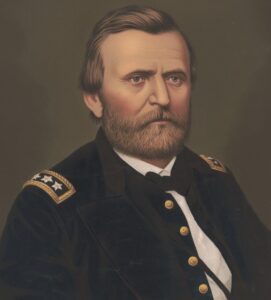
While successfully prosecuting the Civil War against the Confederacy, Gen. Ulysses S. Grant had learned that weather information — even if not in the form of a forecast — was extremely valuable for operations.
Then, in the years after the war, Dr. Increase Lapham, a Milwaukee scientist, lobbied Milwaukee’s congressman, Gen. Halbert Paine, to push for the establishment of a storm warning service for the Great Lakes. On Feb. 2, 1870, Paine introduced a Joint Congressional Resolution requiring the Secretary of War “to provide for taking meteorological observations at the military stations in the interior of the continent, and at other points in the States and Territories … and for giving notice on the northern lakes and on the seacoast, by magnetic telegraph and marine signals, of the approach and force of storms.”
On Feb. 9, 1870 — 152 years ago last week — a sympathetic President Ulysses S. Grant signed the resolution into law and what is now known as the National Weather Service was born. Thus, the service began its life within the U.S. Army Signal Service’s Division of Telegrams and Reports for the Benefit of Commerce.
Observations officially began on Nov. 1, 1870. Exactly a week later, on Nov. 8, Lapham issued the service’s first storm warning on the approach of a storm over Lake Michigan.
On Oct. 1, 1890, at the request of President Benjamin Harrison, Congress passed a law transferring the meteorological responsibilities of the Signal Service to the newly created U.S. Weather Bureau, which was housed in the Department of Agriculture. The Weather Bureau became the National Weather Service in 1970 with the creation of the National Oceanic and Atmospheric Administration, or NOAA.
Steve Ackerman and Jonathan Martin, professors in the UW-Madison department of atmospheric and oceanic sciences, are guests on WHA radio (970 AM) at 11:45 a.m. the last Monday of each month. Send them your questions at stevea@ssec.wisc.edu or jemarti1@wisc.edu.

